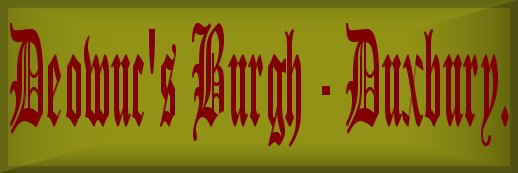
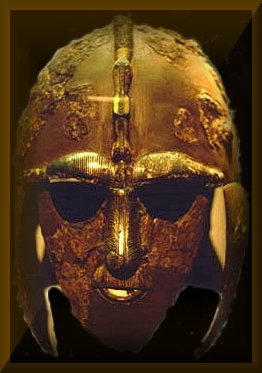
![]()
1. Myles Standish and the Standish family of the Burgh at Duxbury.
3. Duxbury in England and Duxbury in the USA.
6. The Residents of Duxbury - Coppull - Heath Charnock in 1584.
Deowuc the Saxon.
The origin of the place name “Duxbury” as defined by many learned scholars -:
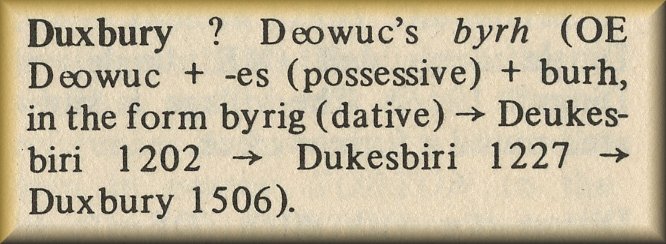
Burh - Burgh and Wallfield are of Anglo-Saxon origin .
The development of burhs: Eighth to early Ninth century.
The Anglo-Saxon word burh
means a fortified enclosure and may refer either to a small private plot,
such as the enclosure around a royal or thegnly residence, or to a larger
public fortress. Public fortresses, of all shapes and sizes, were established
usually against Viking aggression on many different types of site. Only an
impermanent garrison defended many of these, on hilltops or naturally
inaccessible spur sites. The larger ones on flatter sites or larger spur sites
would however have been defended settlements, the construction and upkeep of
their defences and their general military effectiveness guaranteed by a
permanent population. They were all closely associated with a bridge or bridges over a major river, both burh and bridge
forming a single military unit designed to control movement both across and
along these rivers.
There is some evidence
that in the late eighth century King Offa established a series of such public
burhs in Mercia as a systematic and comprehensive defence of his kingdom
against Viking attack, which began at this time. These were large defended
places, which in the main were sited to block penetration by Viking warships up
the major estuaries and rivers of both western and eastern Mercia.
The Burh or Burgh of Deowuc the Saxon became the Manor of "Duxbury”
( Deowucbyrh - Deukesbiri - Dukesbiri) in Lancashire England.
A consequence of the arrival of Myles Standish in America (1620) was that he took the name of Deowuc the Saxon with him and named his land allocation in America "Duxbury” after the Burgh of Deowuc the Saxon in Lancashire England.
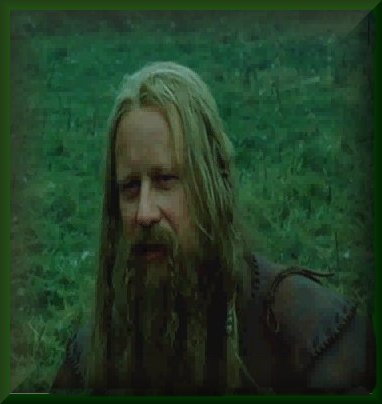
Deowuc the Saxon ?
Deowuc’s Burgh existed in the 8th century long before the system of Manors and Manorial Boundaries were drawn. The scant information from documents available indicates that the lands of Deowuc’s Burgh were on both banks of the River Yarrow from the Wall Field - fortified enclosure in the North to Birkacre in the West. Thus the Burgh lands are primarily part of the Manor of Duxbury but also parts of the Burgh lands are located on the Manors of Chorley and Coppull. Modern day Maps show the Burgh to be on the West bank of the River Yarrow while early Maps and documents show the Burgh to be on the East bank of the River Yarrow.
![]()
Documents relating to the Manor of Duxbury and the Burgh Lands.
![]()
The Arms of Thurston Standish of the Burgh in Duxbury.

The Arms of Standish of the Burgh in Duxbury as officially recorded by the College of Arms London in the year 1613.
![]()
The Pedigree of Thurston Standish of the Burgh in Duxbury as officially recorded by the College of Arms London in the year 1613.
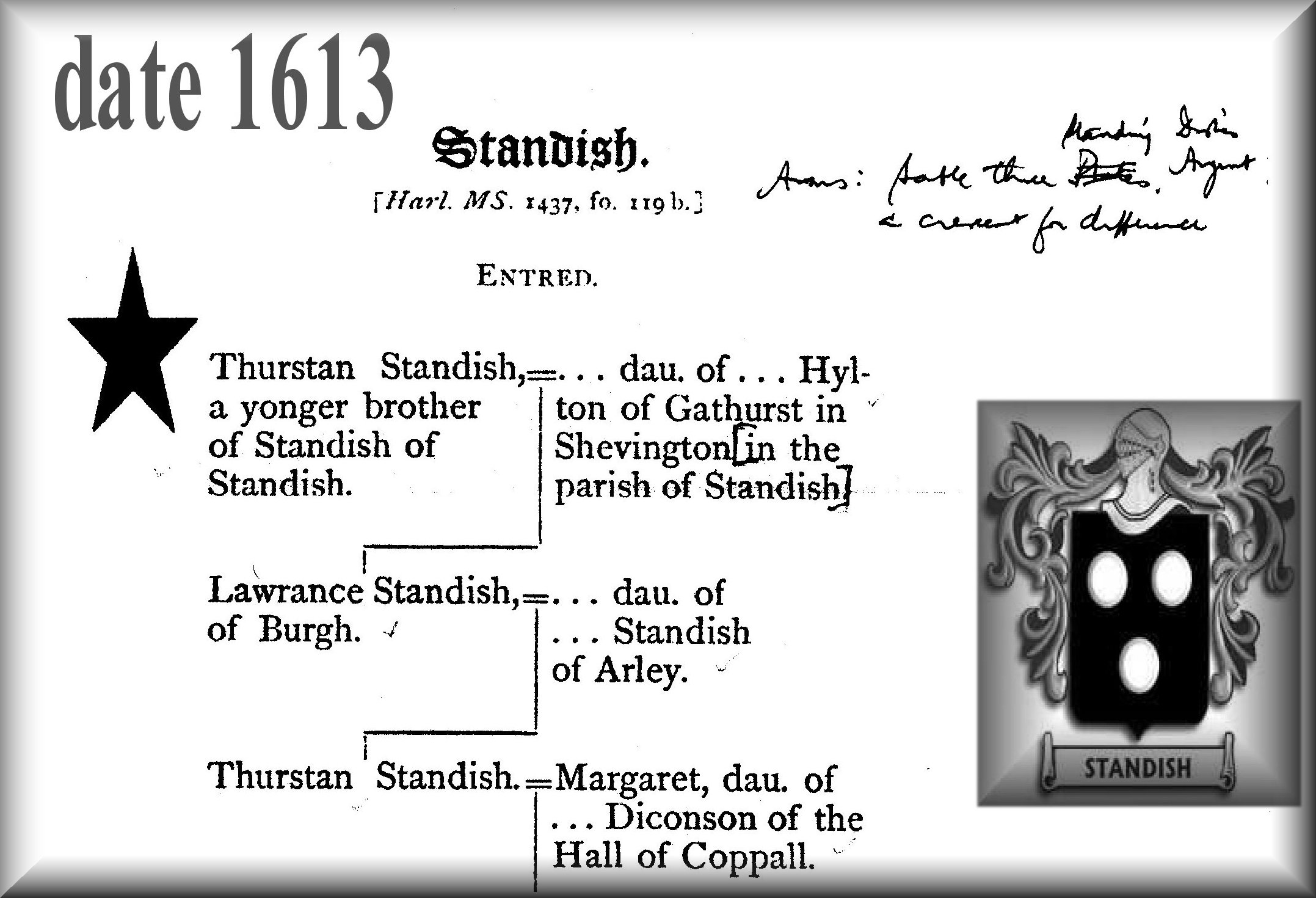
![]()
The Pedigree of Thurston Standish of the Burgh in Duxbury private research 1850
.
Thurston Standish of the House of Standish was resident on land bought by Ralph Standish Lord of the Manor of Standish in 1536 from the Rigby family. Private research in 1850 suggests that Thurston Standish is the second son of Sir Alexander Standish and thus the younger brother of Ralph Standish.The official record for 1613 held at the College of Heralds in London records Thurston as a younger brother of Standish of Standish and the official record also confirms that Thurston Standish is authorised to use the Arms of Standish of Standish. Thus this branch of the Standish family is resident on the Manor of Duxbury at the date of the birth of Myles Standish and they are using the Arms of Standish of Standish. Thurston Standish and his family are Catholics in common with the Standish Family of Standish and Thurston Standish of the Burgh is officially recorded as a "younger brother of Standish of Standish" the very words Myles Standish uses in his Will to describe his own great grandfather.Consequently Thurston Standish of the Burgh in Duxbury may well be the great grandfather cited in the will of Myles.
Some researchers have suggested the possibility that the Standish family of the Burgh were descended from the Arley-Shevington-Gathurst branch of the Standish Family but documentation and information provided by the College of Heralds shows the Standish family of the Burgh were not descended from Arley-Shevington-Gathurst branch.
![]()
Standish deed dated 1531. Ralph Standish Lord of the Manor of Standish secures title to land at the Burgh in Duxbury. Ralph Standish then transfers the land to Thurston Standish ( an act of brotherly love from the elder brother to the second or younger brother?).
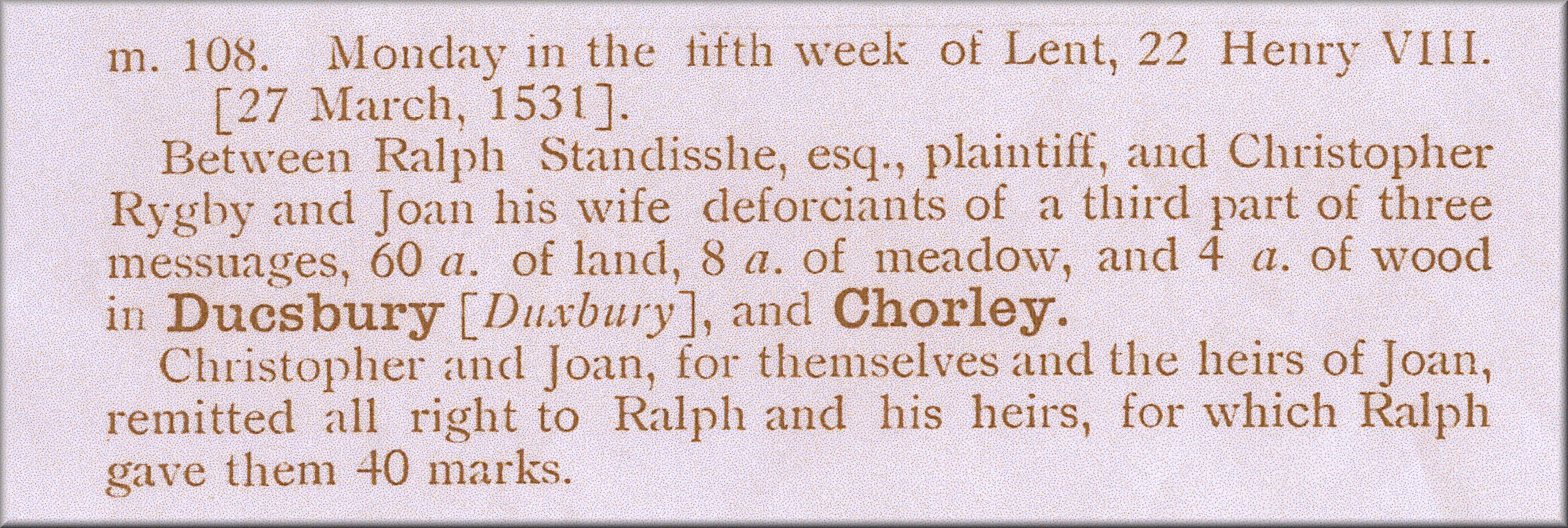
![]()
Early Maps locating the Pele Tower and Burgh at Duxbury.
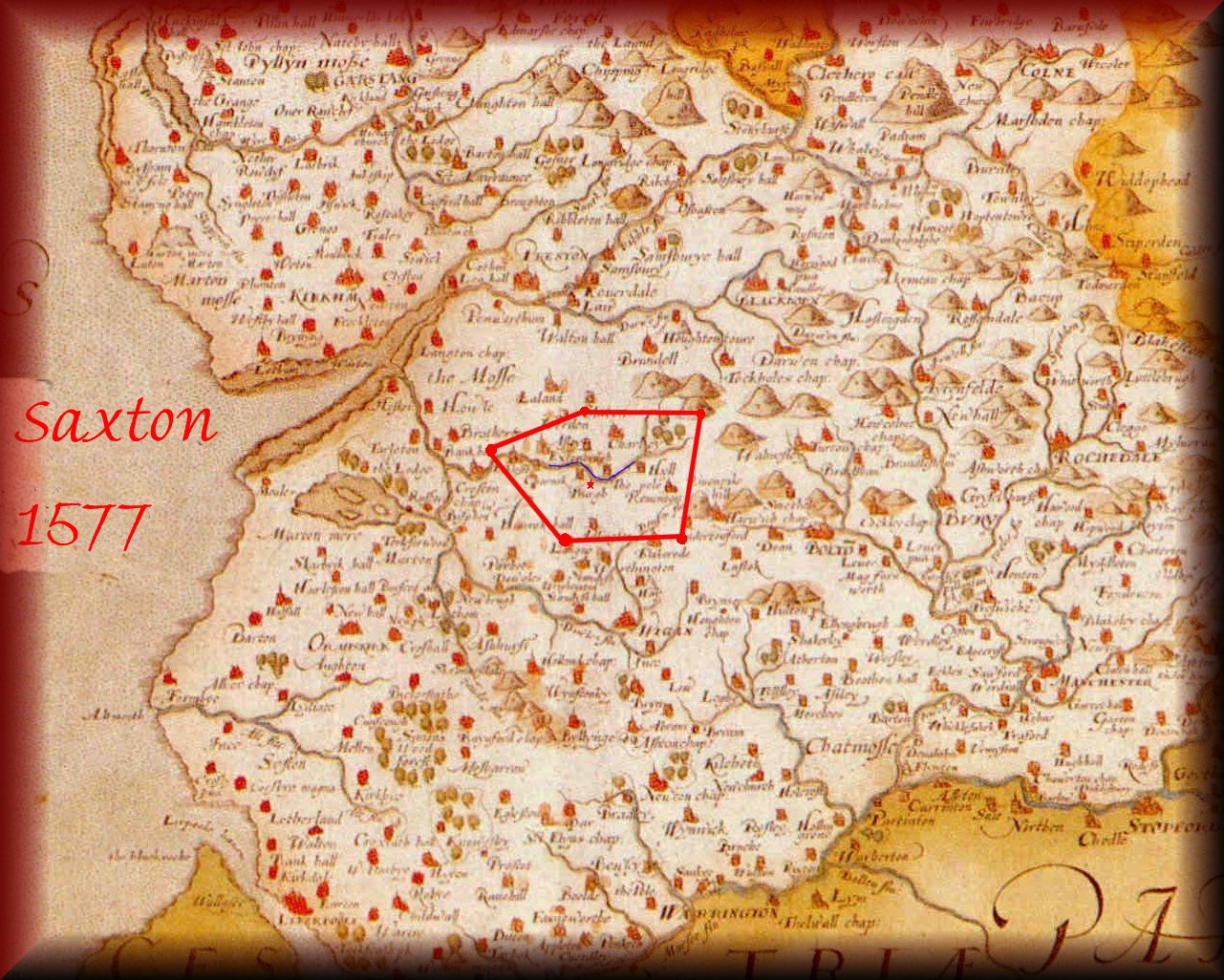
Saxton's Map of 1577 (The Pele Tower to the West of the river - the Burgh to the East of the river).
![]()

John Speed 1610 (The Pele Tower to the West of the river - the Burgh to the East of the river)
![]()
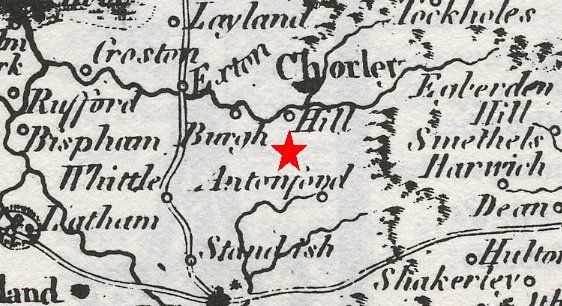
Thomas Conder 1784 (The Pele Tower demolished not shown - the Burgh to the East of the river)
![]()
Duxbury (Deowuc's Burgh) in England and America.
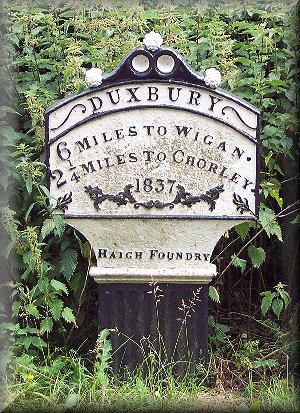

Duxbury Lancashire England The view from - DEOWUC'S Burgh - Duxbury Lancashire England
![]()
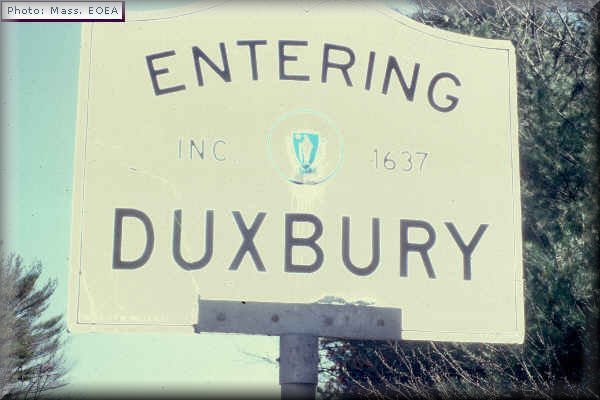
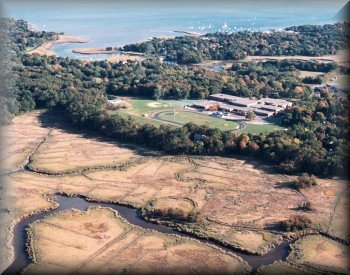
Duxbury Massachusetts America A view of (DEOWUC'S Burgh) Duxbury Massachusetts America
![]()
The location of DEOWUC’S Burgh - Duxbury Lancashire England.

John Blaeu 1645. (The Pele Tower to the West of the river the Burgh to the East of the river)
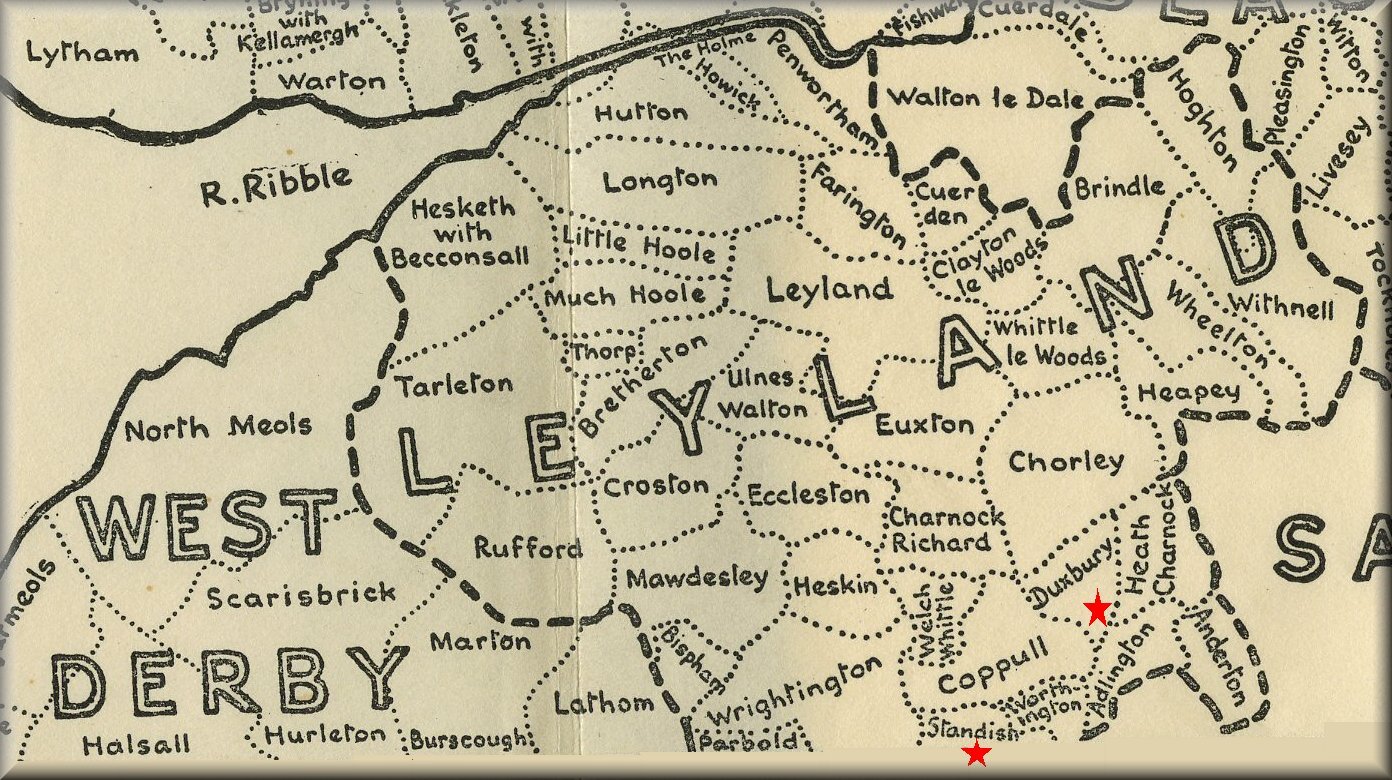
Map of Central Lancashire. Dr. W . Farrer's map of Lancashire in the thirteenth year of King John, A.D. 1212 from his Lancashire Pipe Rolls and early Charters.
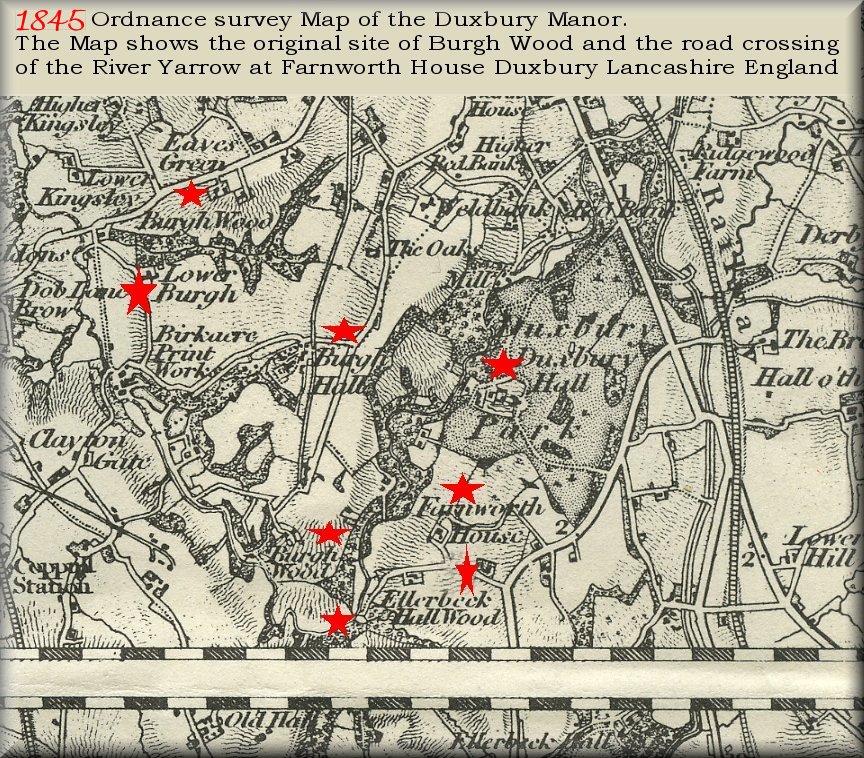
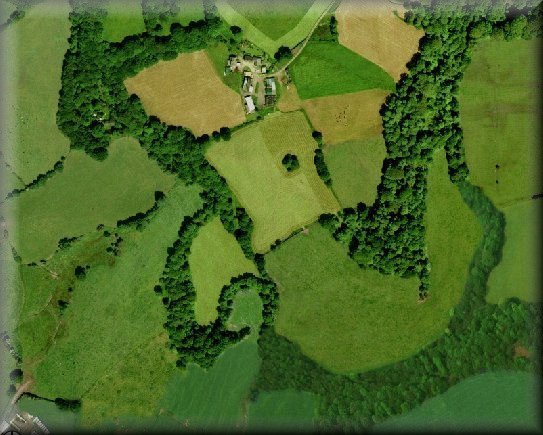
Birds-eye view (part) of the Burgh area of Duxbury Lancashire 2001
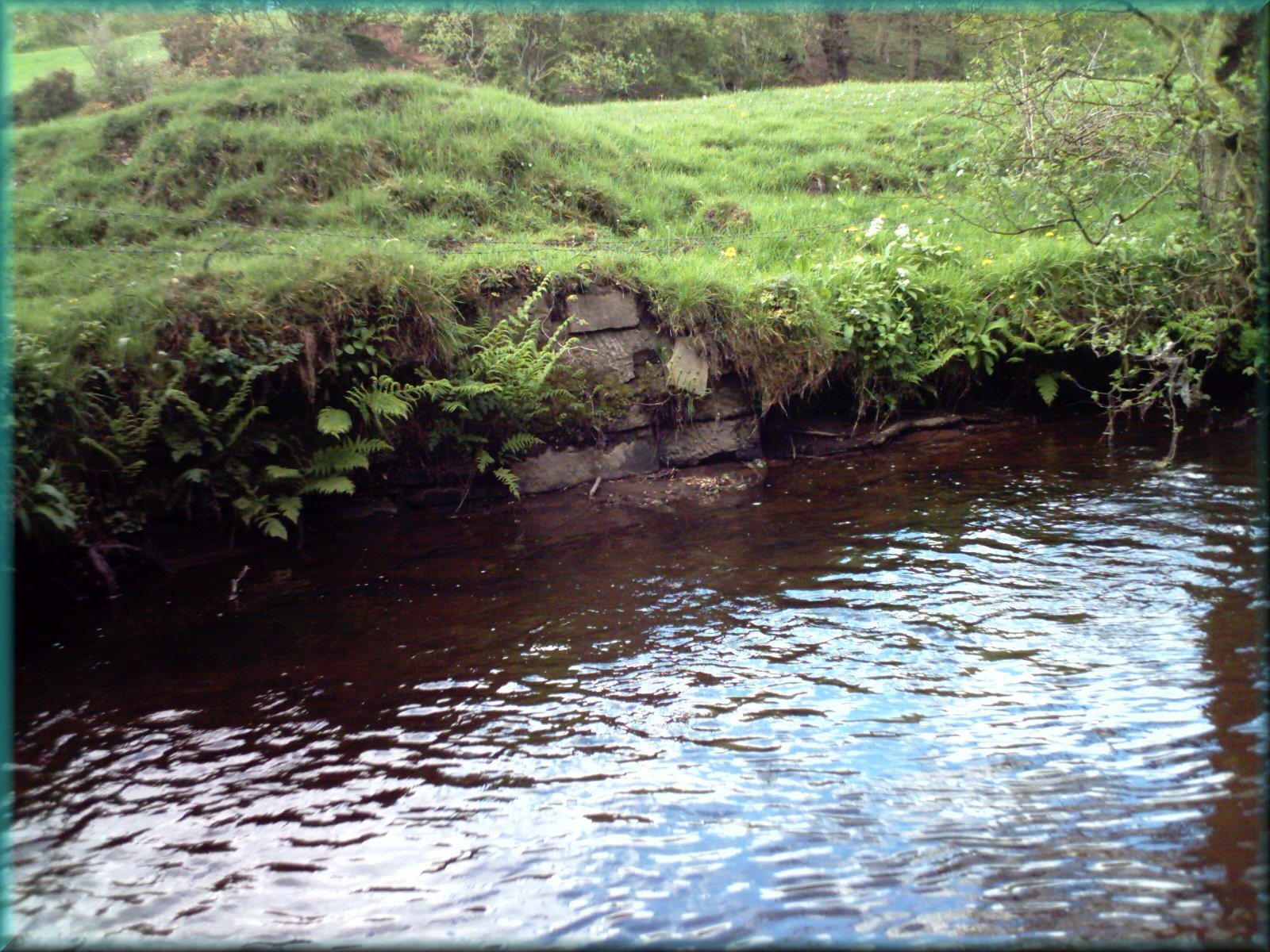
Old Bridge remains at the Duxbury Burgh crossing.
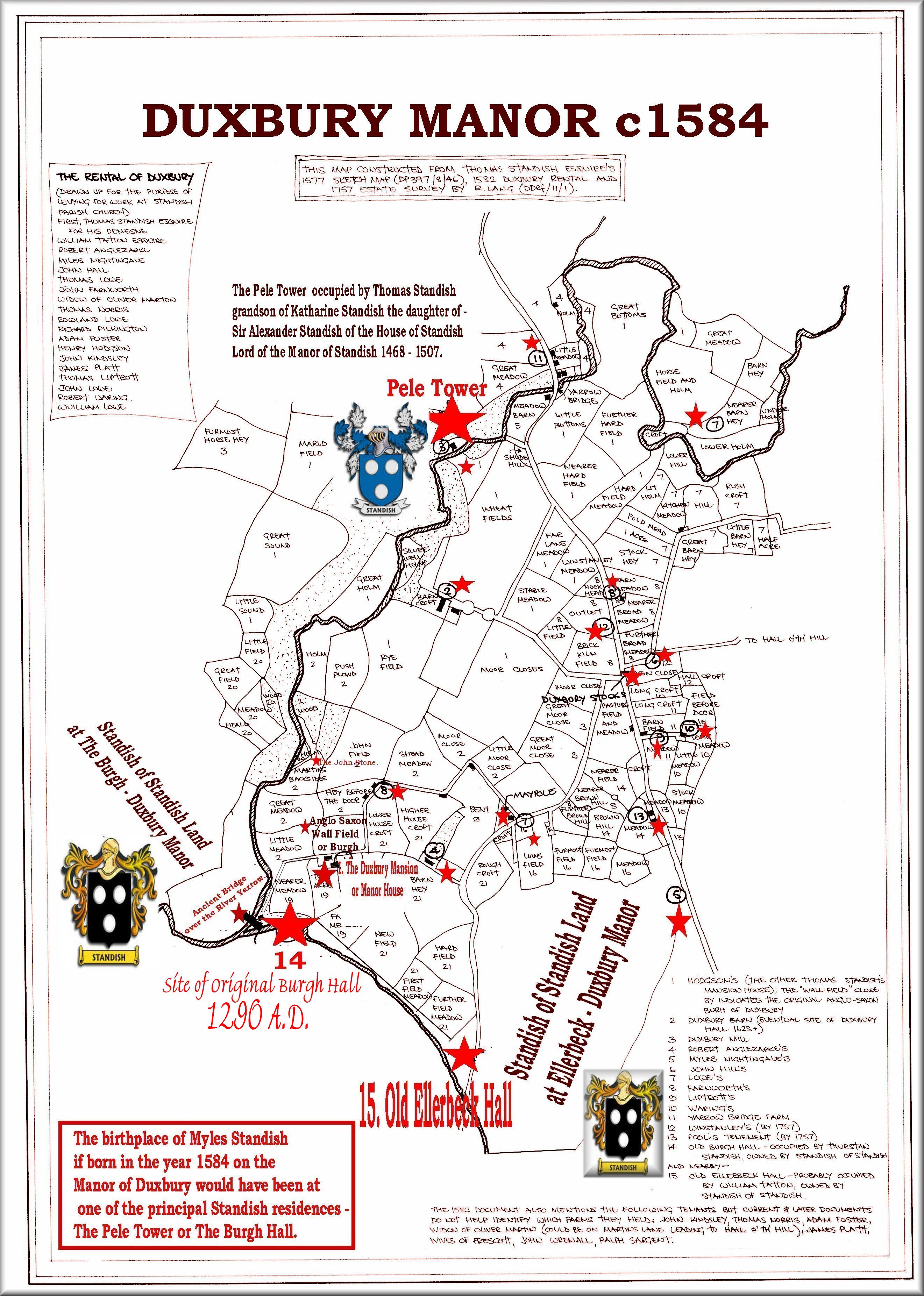
![]()

The Knights of St.John held lands on the Manor of Duxbury.


The Lone Sentinel of the Knights of St. John - the only remaining base of four ancient markers defining the lands of the Knights of St. John at Duxbury.
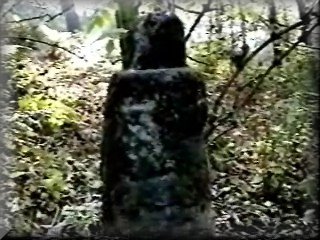
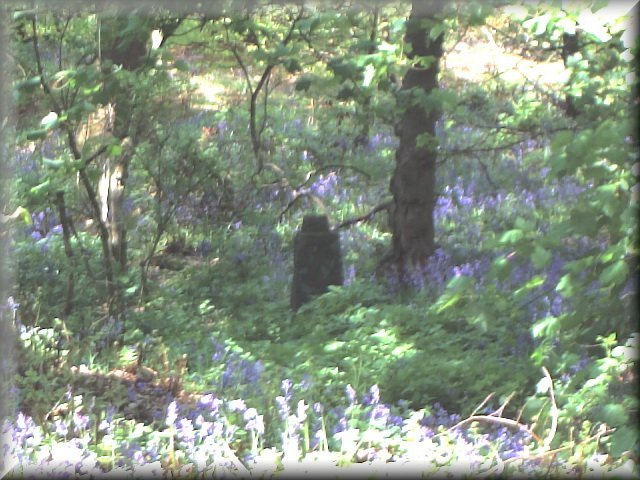
![]()
Old Documents that have been used in constructing the 1584 Map of the Duxbury Manor.

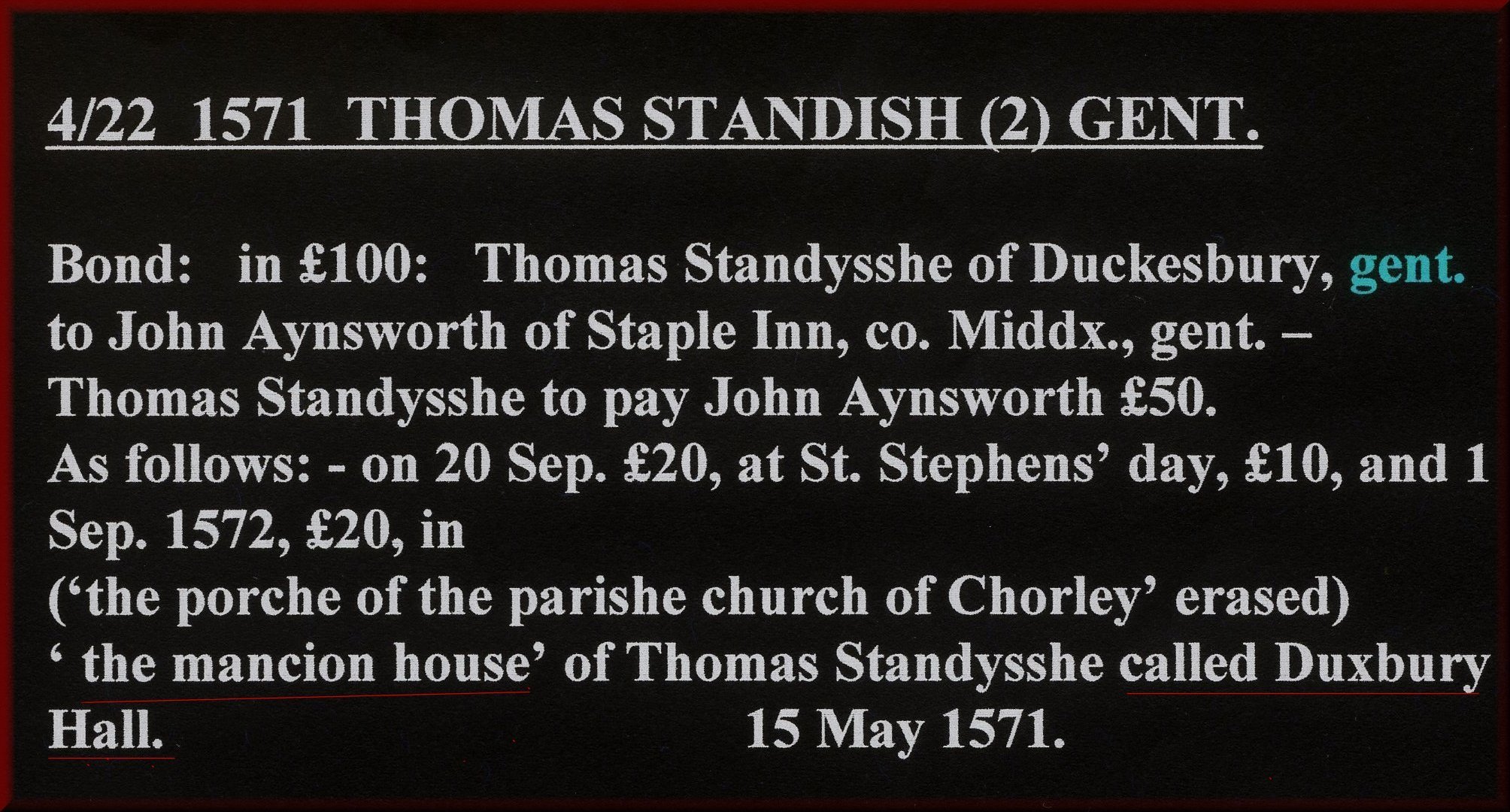
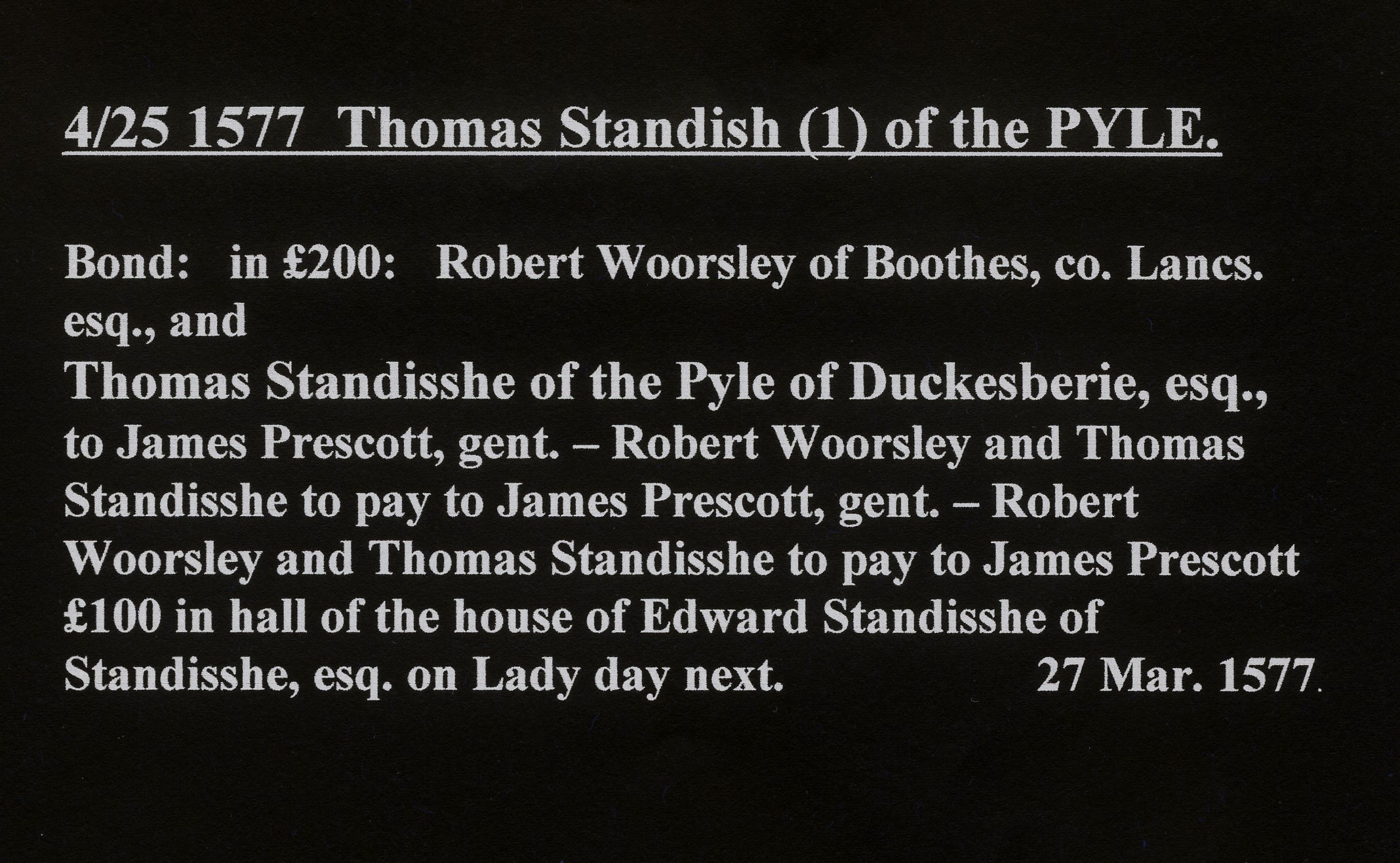
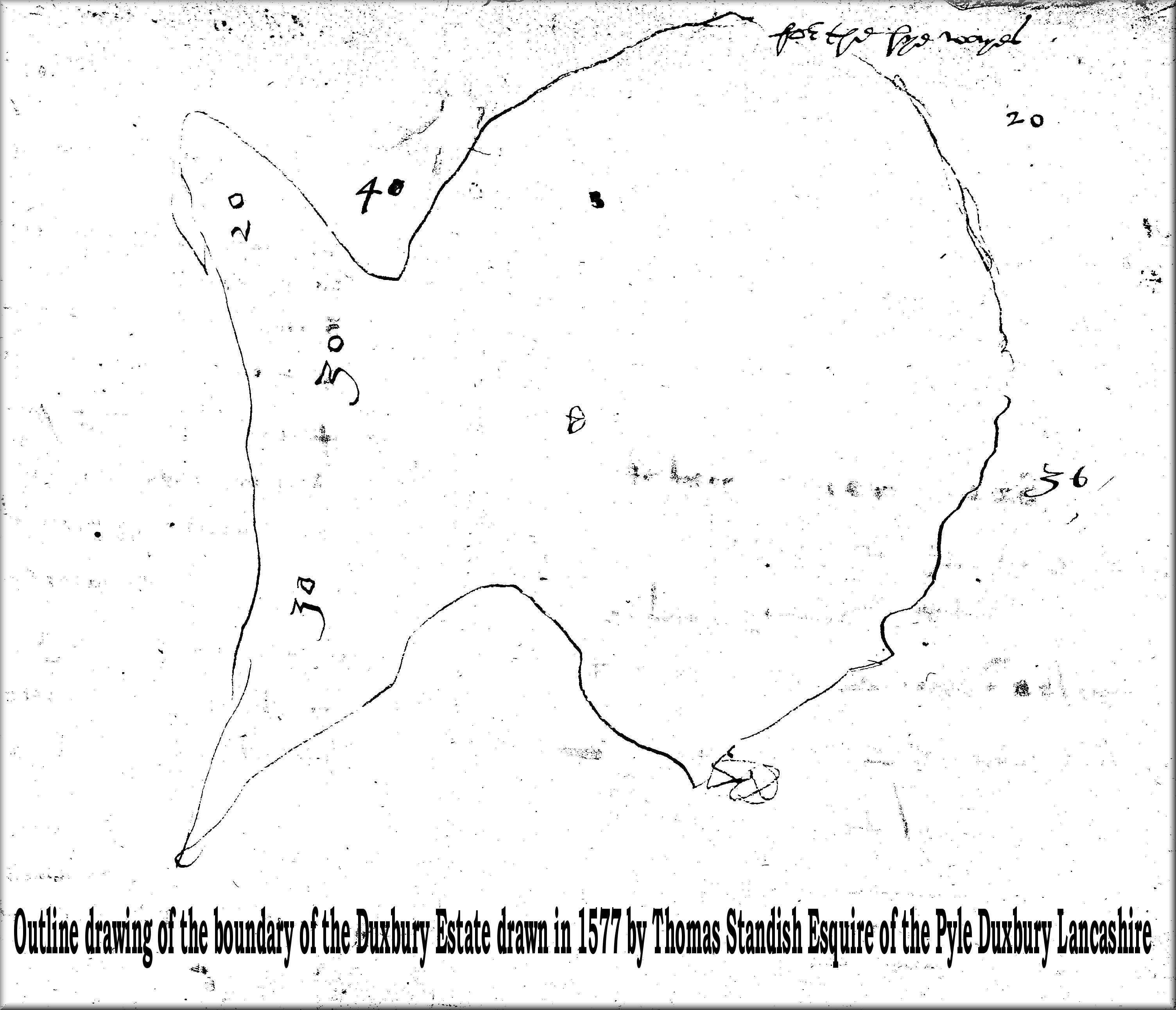
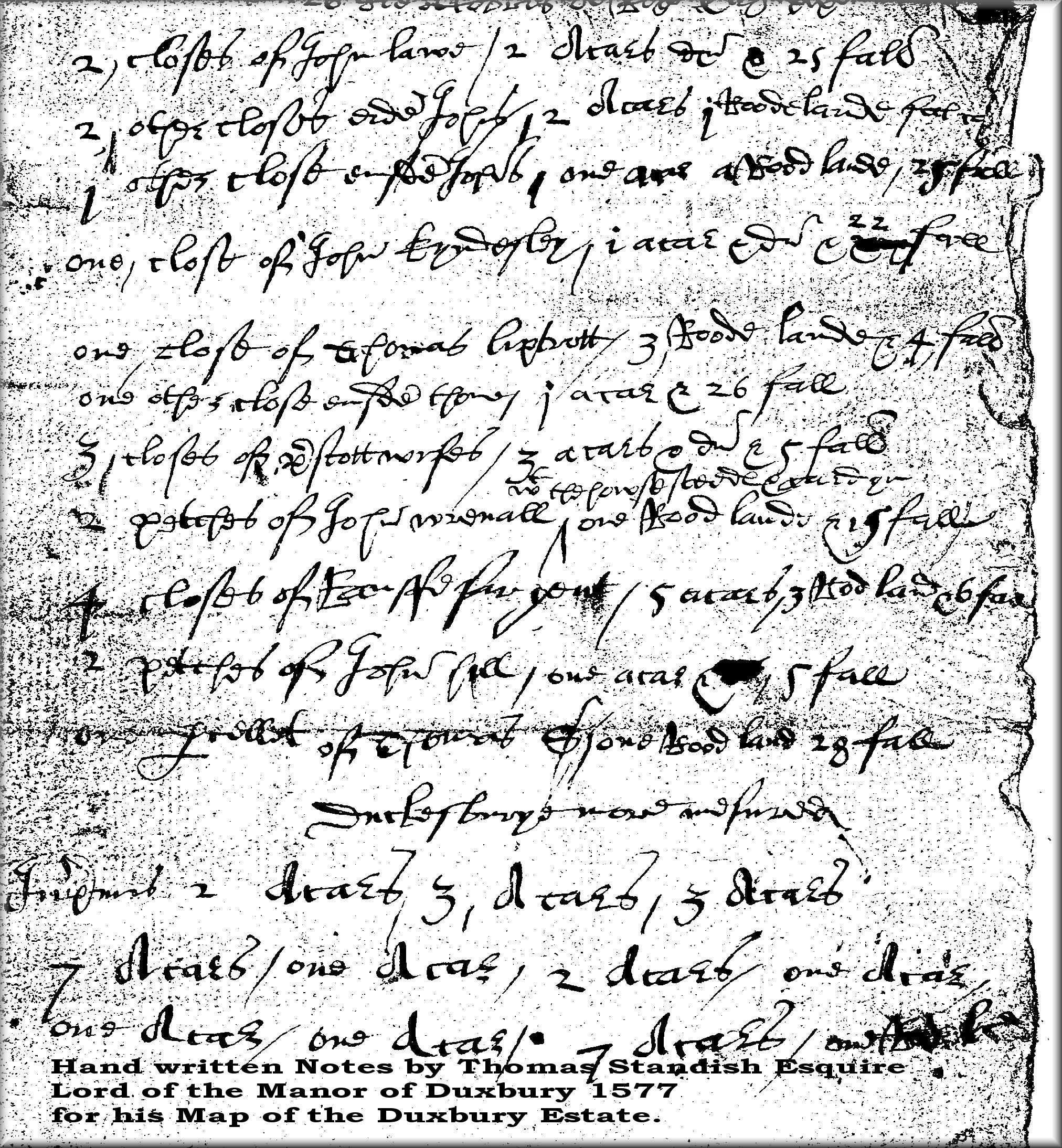
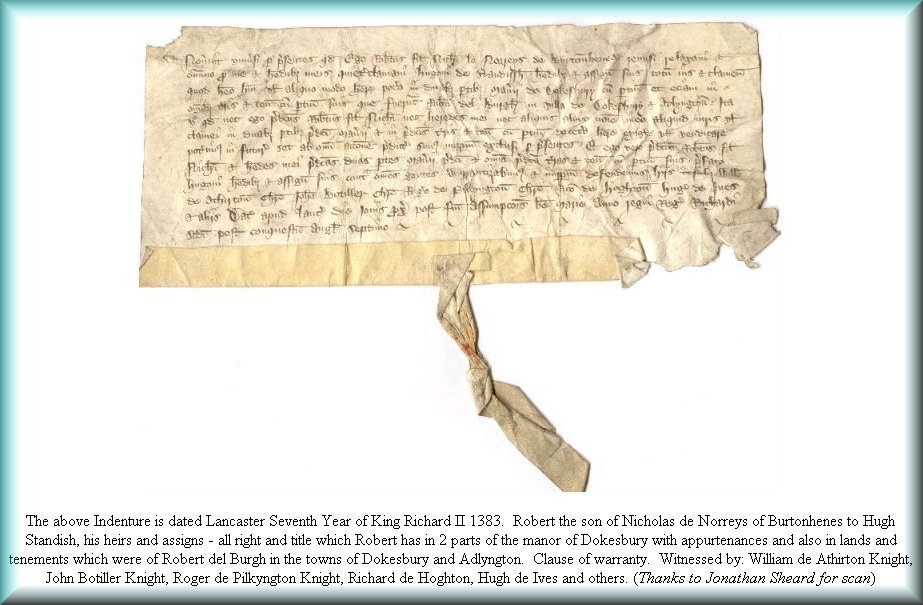
![]()
The Manor of DUXBURY Lancashire England.
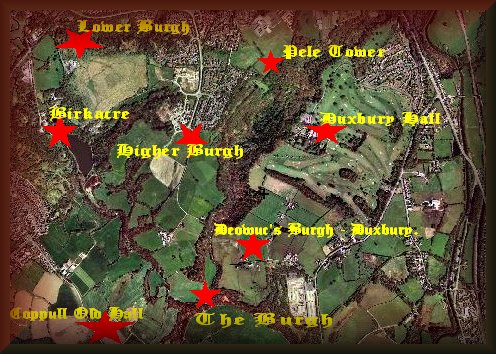
![]()
1. Duxbury 1584.

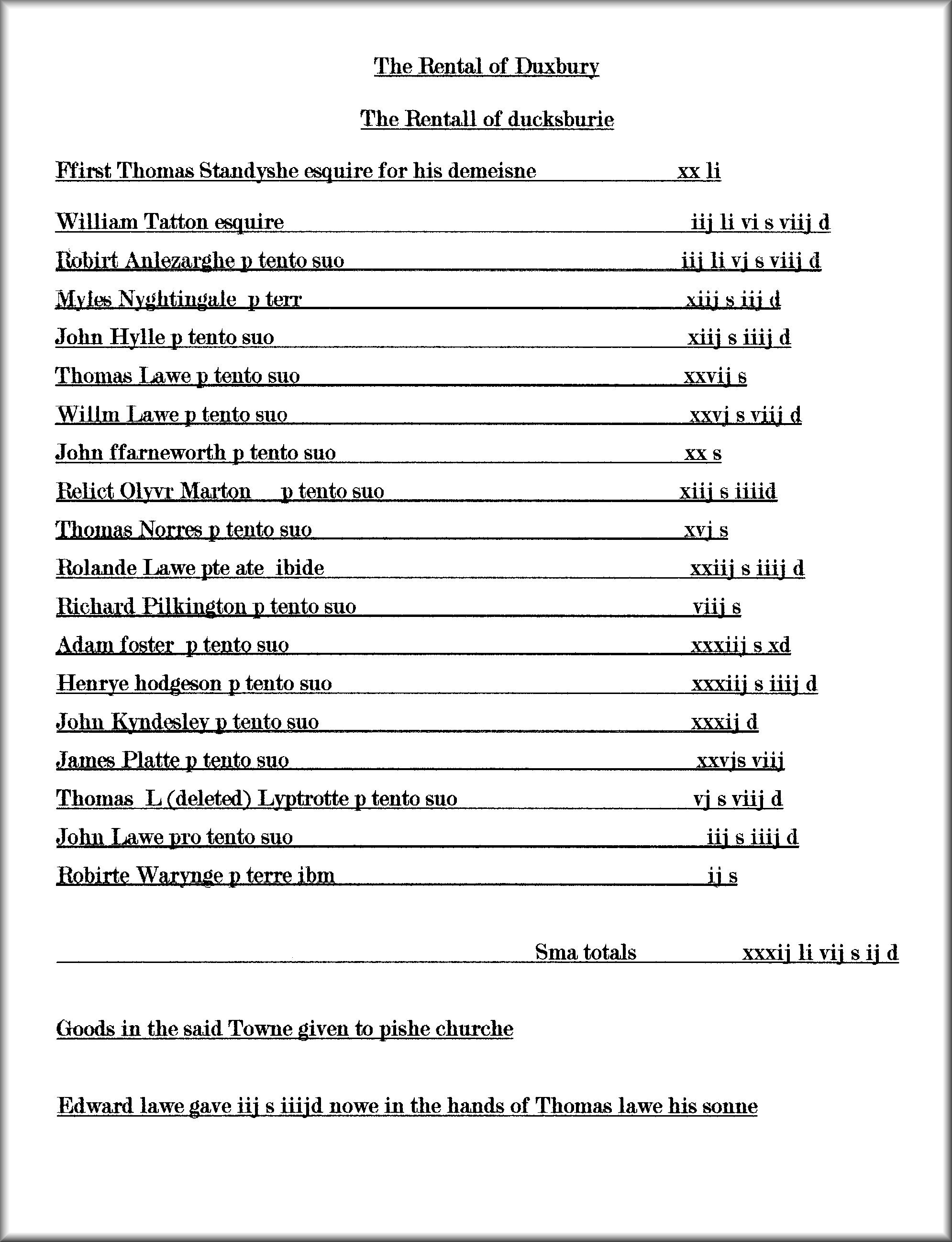
![]()
2. Coppull 1584.


![]()
3. Heath Charnock 1584
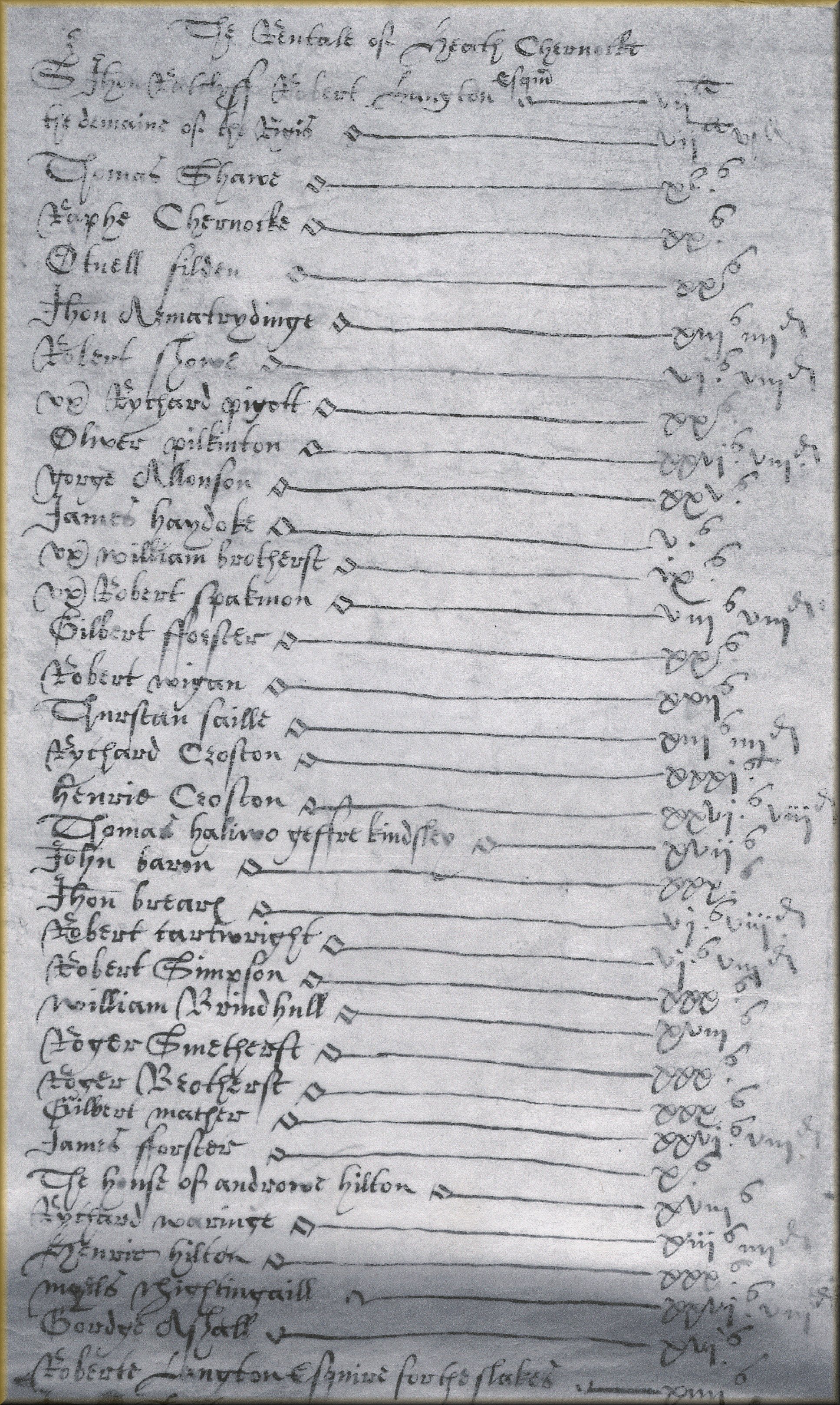
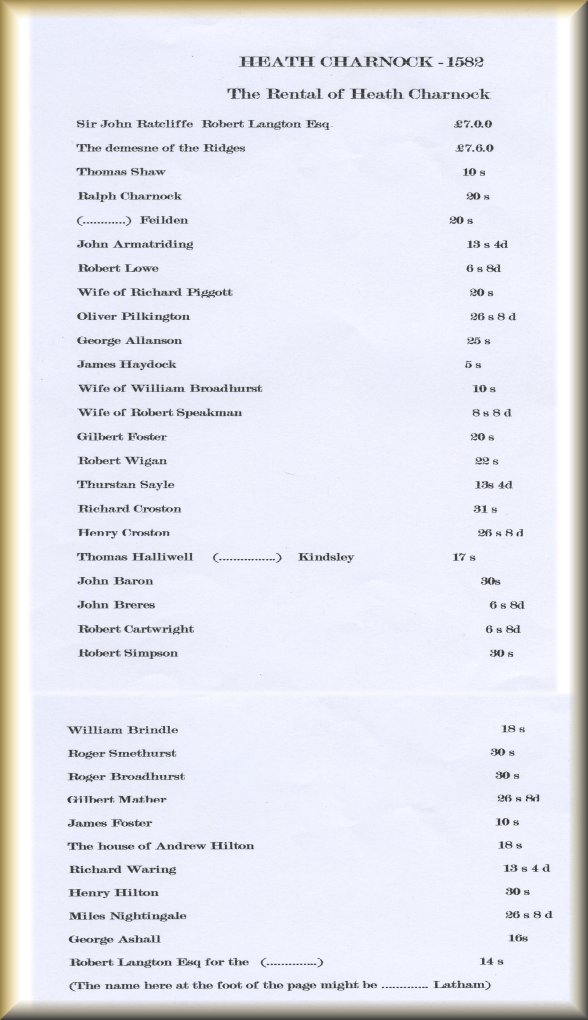
![]()